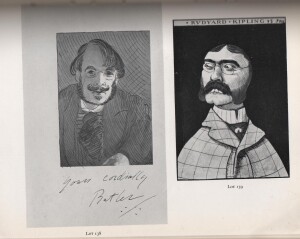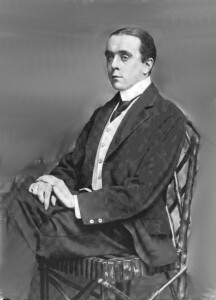Hoaxes, if done well, often fool people—even those who are generally regarded as reasonably intelligent. One that caught out some Oxbridge educated people who ought to have known better, was the piece of tom foolery dreamt up in 1948 by a twenty-two year old Cambridge undergraduate who later became an MP. His name was Humphry Berkeley and he invented a public school called Selhurst whose head was a certain H. Rochester Sneath.
Berkeley tried an experiment with any undergraduates he came across. Steering the conversation towards the subject of where he went to school, Berkeley, when asked would reply: ‘Well, as a matter of fact I went to a school called Selhurst. The name was brilliant chosen. It had a plausibility about it, unless, of course, you knew that Selhurst Park was the home of Crystal Palace football club. Had you this knowledge you may have asked some probing questions, but doubtless in 1948 most Oxbridge undergraduates would not have been football fans. Anyway, Richard Boston takes up the story:
‘ Registering his questioner’s non-recognition of the name he would follow up with ‘ Haven’t you hard of Selhurst?’ Anxious not to cause offence his acquaintance would reply,’ Of course I’ve heard of it my dear fellow.’ After various such successful experiments Berkeley knew that he had found the perfect name for what he calls a minor public school of ‘ the third degree’.
The next move was to have some letter headings printed with words at the top reading ‘Selhurst School, Near Petworth, Sussex. From the Headmaster H. Rochester Sneath.’ At small expense but with considerable ingenuity, Berkeley was able to make a forwarding arrangement with the Post Office. ( Another ruse was to pretend that he was on staying holiday with an imaginary sister to whom letters should be sent .) Now he was in business.
The first letter was to the Master of Marlborough College. H. Rochester Sneath announced that the three–hundreth anniversary of the foundation of Selhurst was coming up , and that he was anxious to have the opportunity of entertaining Their Majesties on the occasion. ‘Perhaps you would be kind enough to let me know how you managed to engineer a visit recently from the King and Queen’. He also asked for any helpful tips about how to treat royalty. Continue reading





